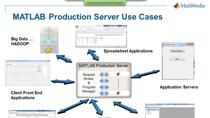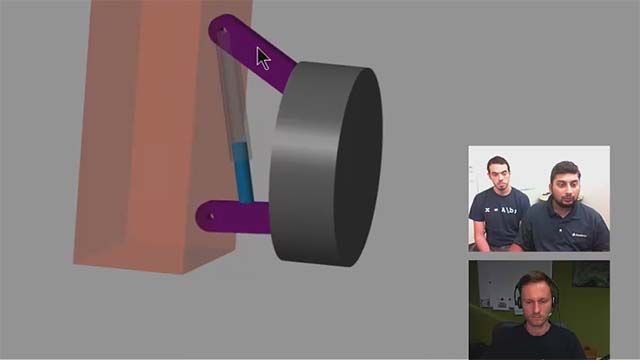Nonlinear Dynamics of Oil Shocks: Dynare, MATLAB, and MATLAB Parallel Server
Konstantinos Theodoridis, European Stability Mechanism
This presentation employs threshold VAR models to investigate the asymmetric impact of oil supply news shocks, analyzing variations in both the size and direction of the shocks. Our findings reveal that large and adverse oil shocks exert a stronger effect on real activity, labor market indicators, and risk variables than small and favorable shocks. Interestingly, we observe no asymmetry in the response of prices and monetary policy to oil shocks of different magnitudes and signs. Supported by a theoretical framework integrating search and matching frictions with Epstein-Zin preferences, the study utilizes Dynare, MATLAB®, and MATLAB Parallel Server™ to enhance model estimation and provide valuable insights into the nonlinear dynamics of oil shocks.
Published: 22 Oct 2024




